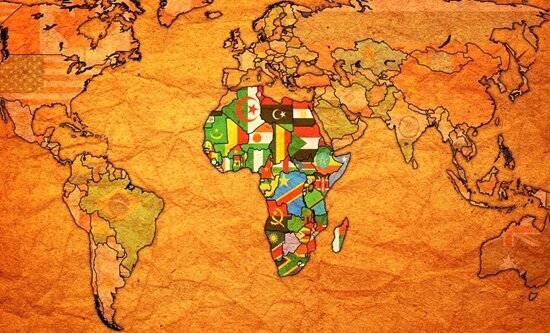Exports to Africa jump 85% in spring, trade surplus more than doubles

TEHRAN – Iran’s exports to African countries rose 85 percent in the first quarter of the current Iranian year (March 21- June 21) compared to the same period last year, while its trade surplus with the continent surged by 113 percent, a senior official at Iran’s Trade Promotion Organization (TPO) said on Tuesday.
Mohammad Reza Safari, acting head of TPO’s Africa office, said the number of African countries importing Iranian goods increased from 27 to 32 in the three-month period.
Safari attributed the sharp increase in trade to the recent Iran-Africa Economic Cooperation Summit, adding that further implementation of decisions made by the Africa Task Force could accelerate the trend.
He also called for a shift in Iran’s trade strategy toward Africa, advocating for the export of high value-added final products and offshore production investment. He said this approach—mirroring China’s long-term investment model on the continent—would help Iran adapt to recent global shifts including rising energy and transport costs, reduced financial support, and new U.S. tariffs on African exports.
Back in May, the secretary of the Iran-Africa Economic Cooperation Summit said commercial and investment contracts were signed between African traders and Iranian business leaders in four key sectors—mining, agriculture, petrochemicals, and medical equipment—at the conclusion of the third Iran-Africa summit.
Seyed Mehdi Hosseini said African delegations left Iran with substantial results, noting that foreign businesspeople and Iranian economic operators both benefited from the international gathering.
According to Hosseini, the third summit was distinguished by its focus on specialized, results-oriented activity, which led to greater coordination, satisfaction among participants, and significant achievements.
He noted that the summit witnessed several key developments, including the signing of commercial and investment agreements in the mining, agriculture, petrochemical, and medical equipment sectors.
Hosseini explained that unlike the two previous summits, which were general in nature, this edition was structured around four economic sectors: oil and petrochemicals, mining, agriculture, and medical equipment. Accordingly, the invited foreign delegations had relevant experience and expertise. This specialization, he said, helped ensure the summit remained outcome-driven.
He added that these four sectors were chosen due to their interrelated nature, with complementary operations and aligned objectives. The structure of the summit helped produce substantial results, the details of which would be disclosed in the coming days.
Hosseini said a major feature of this year’s event was the shift away from centralization in Tehran. After initial visits and consultations in the capital, delegations were divided into 15 groups based on their sectoral focus and flown to Isfahan for field visits.
EF/MA
